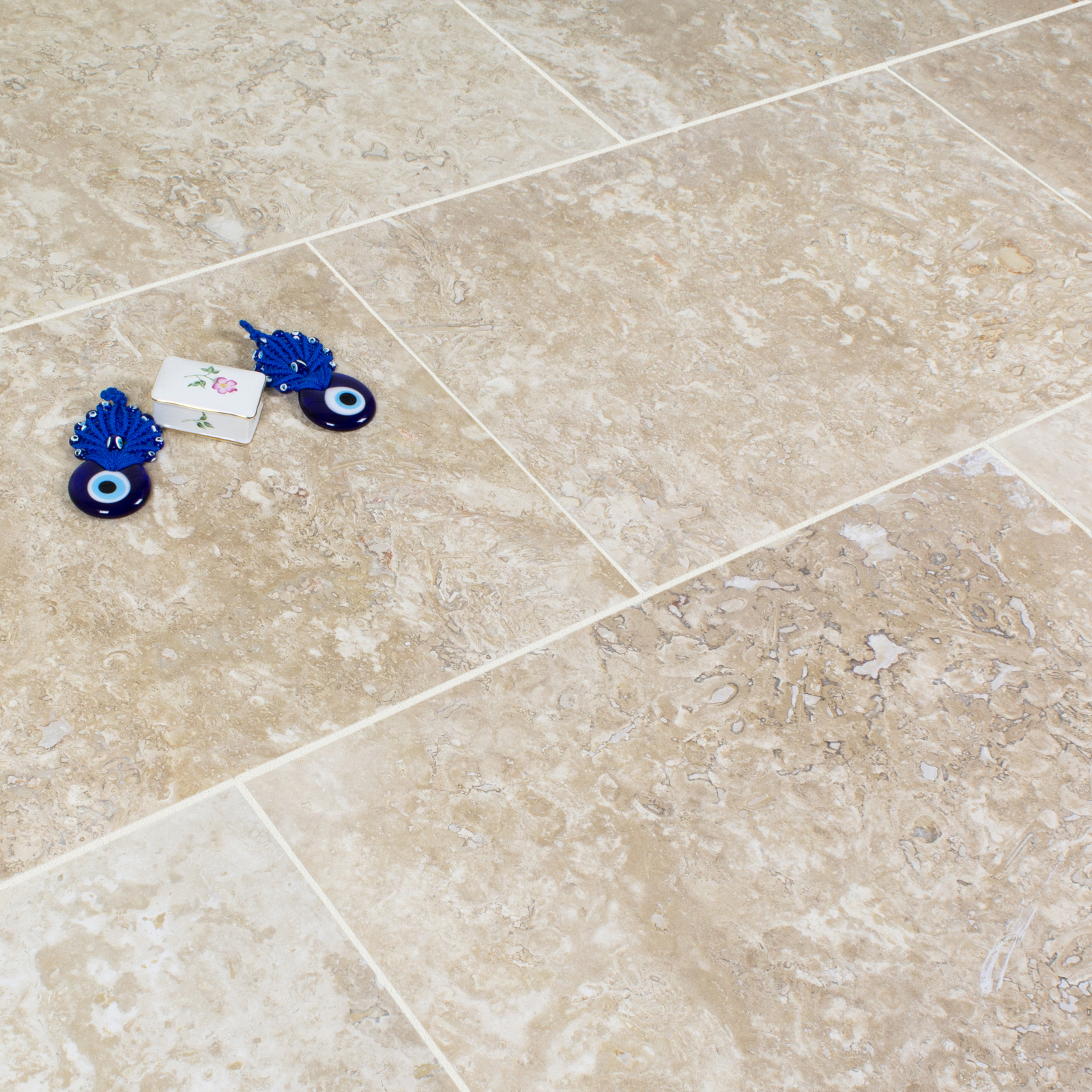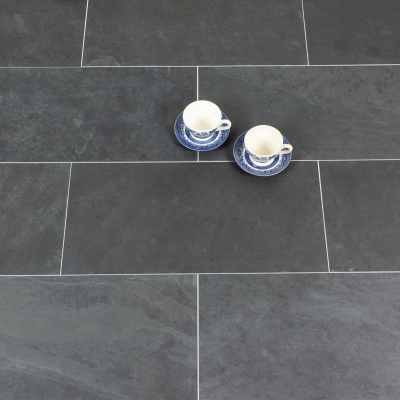Understanding Natural Travertine Stone Range
What is Travertine?
Travertine is a sedimentary limestone deposited by mineral springs with formations located all around the world, notably Tivoli, Italy, where the name travertine originated however, Travertine comes from quarries all over the world, including some of the largest quarries in Turkey, Italy, Iran, Peru and Mexico.
The first mention of a travertine discovery dates back to 75 BC during the reign of Julius Caesar. The springs of Tivoli had an abundance of stone due to the volcanic activity from Mt. Etna, making it the prime building material for the Ancient Romans.
The most well-known Roman structure, the Colosseum, was constructed using travertine and remains structurally intact due to the durability of natural travertine.
This guide will allow you to gain a better understanding of the stone and what makes it so special, so you’ll come to understand why it’s the ideal material to use for your building project.

Where is Travertine sourced?
Travertine comes from quarries all over the world, including some of the largest quarries in Turkey, Italy, Iran, Peru and Mexico.
In the 1980s, travertine came from only Italy, but now Turkey, Iran, Peru, and Mexico are frequent exporters of this fantastic stone range.
How Much Does Travertine Cost?
Sellers will determine the cost of travertine by the square meters here in the UK. Prices can fluctuate from year to year based on the availability of Travertine tiles however, here at Travertine Store we take pride in knowing that we provide some of the most competitive prices on the market for all grades of our Travertine ranges.
How durable is Travertine?
Some of the most historic buildings around the world are made from Travertine because it was readily available at the time.
Travertine is very durable, making it an ideal material to use inside and outside your home, this is why many households around the world choose to use Travertine in their homes. Travertine is very sensitive to acidic substances, so the correct solutions that are specially designed to be used on natural stones should be chosen for cleaning and maintaining your Travertine tiles. Regular care and maintenance of travertine will help it last for many years.
Applying a sealant when initially being laid at least twice, once before and once after grouting, protects your tiles from the get-go, but the sealing process should be repeated periodically at least once over the year to preserve their natural beauty for as long as possible, the frequency of the sealing depends on the foot traffic your wonderful Travertine tiles are exposed to, high traffic areas like hallways, landings or kitchens should be more frequently sealed whereas bedrooms, for example, may require less frequent sealing. It’s something that can be done relatively quickly and helps increase the longevity of your Travertine. One thing for certain, it’s an easy maintenance step that pays off over time.

How is Travertine Used Today?
Travertine today still is used extensively for household projects and some commercial uses. Because Travertine is available in many different shapes, sizes, patterns and colours, it is a fantastic natural stone range, you will be sure to find a range that will be a highlight for your project, Travertine is also one of the few stone ranges where they are also produced as paving tiles for external use. Perfect for that seamless transition between your indoor space to your external living space.

Travertine Finishes and Patterns
Travertine comes in several finishes, such as filled and honed, tumbled or chipped edge, depending on your preference. The filled and honed travertine has a smooth-to-the-touch matt finish whereas the tumbled and the chipped edge ranges have a textured and unfilled top surface.
Due to the fluctuations in weather and carbonate materials when forming, travertine comes in an array of natural colours like cream, beige, silver, light brown, dark brown
Our Travertine ranges include Travertine in all formats for all types of areas, set sizes range from 203 x 203 mm up to 406 x 610mm, our Imperial Pattern x 12 mm pattern packs include 4 different sizes, and we also have available the paving range for external use and of course all of the mosaic and split-face ranges, not many stone ranges gives you so many options to choose from to use around your home.
Travertine is even available as thicker paving tiles for external use as set sizes or the pattern.
How to Clean Travertine?
Cleaning travertine is very important for longevity. Travertine is quite a porous natural stone which evolves therefore it’s important to clean your tiles regularly to prevent the build-up of dirt, grime, and debris, especially with any of the unfilled ranges, as the natural holes will hide small debris within them.
In cases of any spills, use a soft cleaning cloth with a tiny amount of washing-up liquid and wipe up the spills and other droplets that may have pooled in one spot as soon as possible, this will prevent staining and damage. Acidic drinks like orange juice or lemon juice can cause degradation of your travertine which is something we’re sure you’ll want to avoid.
Using a soft broom and a vacuum cleaner are effective ways to clean up small amounts of build-up within the natural holes of the tiles effectively. Unlike any other floor types, natural stones need that tender care so adopting a cleaning schedule to regularly clean and maintain your tiles is recommended even if they look clean to the naked eye.

What if I can’t get rid of a stain?
If an unnoticed stain has already set into the travertine, thankfully, there are products out there such as our LTP Grimex Multi-purpose Intensive Cleaner which is fantastic in cleaning up almost all stains when caught early before deep staining occurs, so try to catch them as early as possible by regularly inspecting your tiles when you can.
Travertine is a special stone range that transforms an environment like no other. Request your free samples through the items ranges now and see for yourself.



 REVIEWS
REVIEWS



